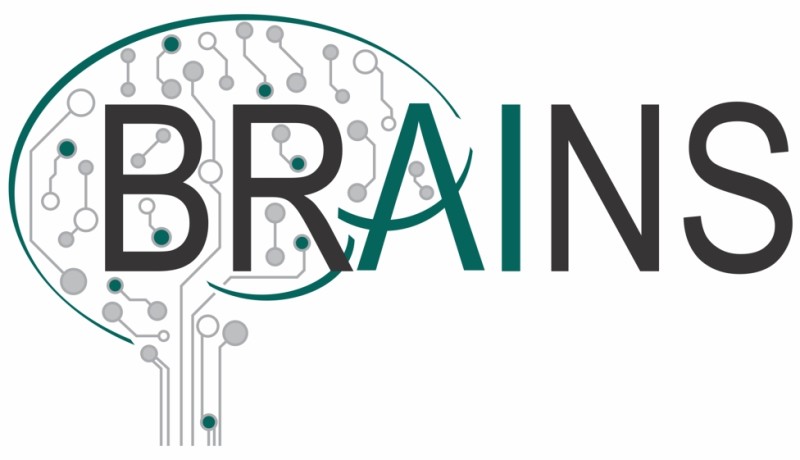BRAINS Center: Brain Inspires Nanotechnology
April 30, 2019
on
on

Artificial intelligence (AI) is quickly gaining terrain, but despite all the brute computing force, there are for some tasks in which the computer is still unable to beat the human brain. The brain is able to recognise and interpret complex patterns and do that with only a fraction of the energy consumption. What can we learn from that?
BRAINS is an collaboration between several faculties (EWI, TNW, BMS) and institutes (MESA+ Institute for Nanotechnology, Digital Society Institute) within the UT. The Center is headed by prof. Wilfred van der Wiel (NanoElectronics) and prof. Hans Hilgenkamp (Interfaces and Correlated Electron Systems).
Source: University of Twente
BRAINS
The computer can already beat humans in, for example, the board game Go, is getting increasingly better at, for example, facial and speech recognition, and can perform a large number of logical operations in a short time. Nevertheless, our brain can recognise and assess situations at an unprecedented speed, with an energy consumption that, compared to a computer, is negligibly small. Our brain is also developing, it is plastic and is learning continuously. While ‘artificial intelligence’ is often compared to our brain, it will only become really powerful if we imitate the unique characteristics of the brain with new technology. The new BRAINS Center (Brains Inspired Nano Systems) brings knowledge from nano technology, AI systems, chip design and neuroscience together for this purpose and will also research the social and ethical questions that will arise from the introduction of an artificial brain and potentially even the connection to a living brain.Memristor
The University of Twente has taken the first steps on the road towards ‘evolutionary electronics’, where the functionality is not determined in advance but develops gradually by itself. One of the limitations of current computer systems is the classical separation between data storage and processing: large quantities of data are continuously moving back and forth between a processor and the memory. The brain, with neurons and synapses, does this differently: transport, storage and processing are more integrated. An artificial synapse that can also do this is the memristor, a special type of resistor that simultaneously also has a memory function. The BRAINS researchers are also considering the application of new materials and, for example, atomic networks. In order to scale up to working systems, much can also be learned from the present production processes of chips. Large manufacturers, such as Intel, have now also introduced neuromorphic chips, such as the Loihi.BRAINS is an collaboration between several faculties (EWI, TNW, BMS) and institutes (MESA+ Institute for Nanotechnology, Digital Society Institute) within the UT. The Center is headed by prof. Wilfred van der Wiel (NanoElectronics) and prof. Hans Hilgenkamp (Interfaces and Correlated Electron Systems).
Source: University of Twente
Read full article
Hide full article



Discussion (0 comments)